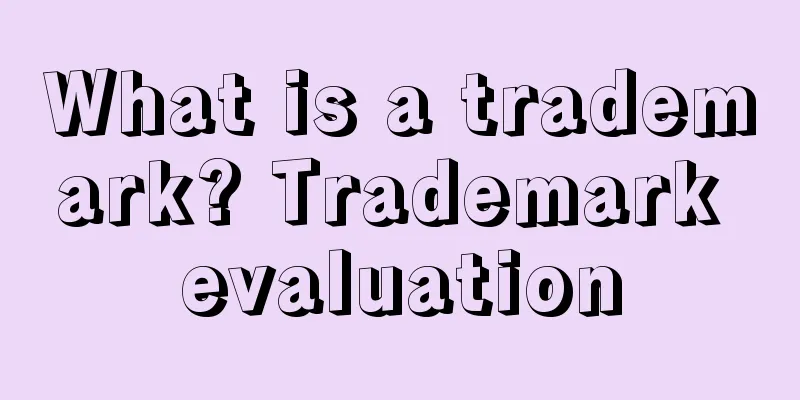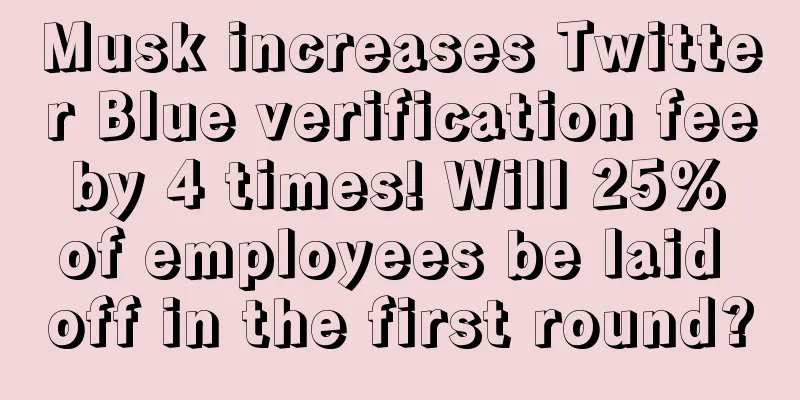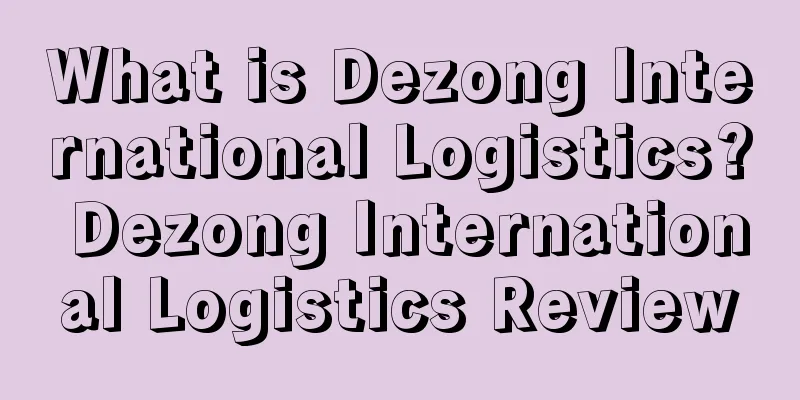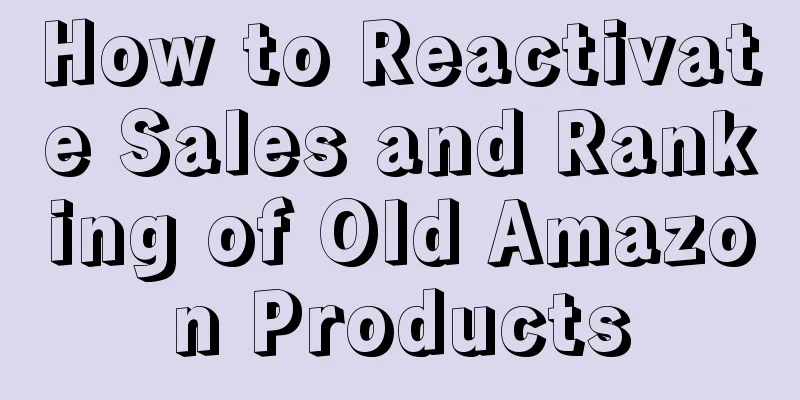Sad! Nearly 60 Amazon women's clothing trademarks were maliciously registered, and some sellers have been banned...
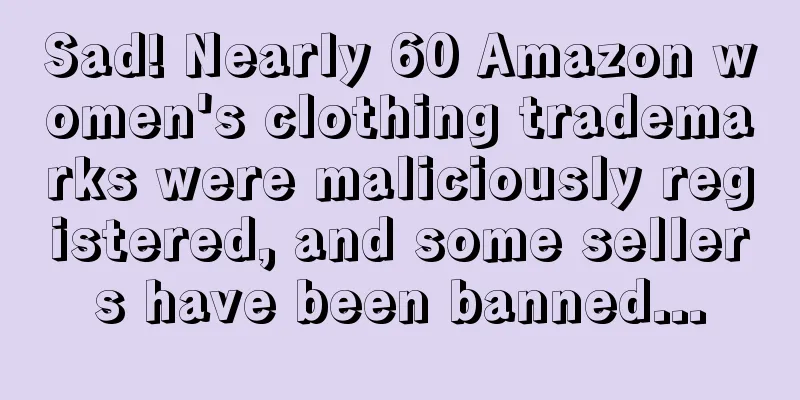
|
Recently, an Amazon seller revealed that when he was registering a Canadian trademark, he suddenly found that someone had already registered it in September. Moreover, this wave of trademark preemption affected a wide range of areas, and a large number of Amazon women's clothing trademarks were collectively registered! #Generally, "black agencies" will target the following types of sellers: 4. Upstream wholesalers or partners who are “black organizations”: These black organizations use trademark registration as a bargaining chip to threaten upstream partners in order to obtain better returns in business cooperation. For example, the trademark of Hubei Yuli Company was registered by its distributor in Indonesia, who intended to set up a new business in Indonesia based on the trademark and exclude Hubei Yuli Company from the Indonesian market. Of course, these sellers targeted by "black organizations" all have one thing in common, that is: they have already been sold (especially in overseas markets), but their trademarks have not yet been registered in major countries. #The actions that "black organizations" usually take are: 4. Using the preemptively registered trademarks to produce/sell counterfeit products, piggybacking on the goodwill of legitimate sellers, snatching their market share, and seeking unfair competition benefits. For sellers, it is often difficult to express the pain of having their trademark preemptively registered. If they continue to use the preemptively registered trademark, they will face lawsuits for trademark infringement, which will lead to listing closures, inventory backlogs, and even possible lawsuits and high compensation. If they give up the preemptively registered trademark, it means that the seller will give up the market of the destination country. How should sellers deal with malicious trademark preemptive registration? 01 Immediately file your own trademark application in the country where the trademark was preempted; 02 Collect evidence of prior use of your own trademark as soon as possible, and then file "clearance" actions such as objection, invalidation and cancellation against the trademark that has been preemptively registered. (Source: Cross-border Black Technology) |
<<: Countdown to Brexit! Sellers must understand these points
>>: Five Amazon employees were jailed for stealing goods worth 500,000 euros!
Recommend
How to run white hat advertising on Amazon?
💥Want to operate in compliance with Amazon and max...
What is Jianyihui? Jianyihui Review
Jianyihui is a comprehensive service platform inte...
Savi successfully passed the review! The road to listing was bumpy, and its "Amazon dependence" worsened
▶ Video account attention cross-border navigation ...
Explanation of the principles of Amazon service provider program
Keywords on home page This service seller can do ...
Practice | 6 ways to expand your Amazon keywords
Next, we can add a minimum search volume of 400, a...
What is a tax haven? Tax haven review
Tax havens refer to countries and regions that pro...
What is Amazon Geo-ranking? How does it affect your sales?
The sales volume of Amazon sellers is mostly deter...
What is an overseas warehouse? Overseas warehouse review
Overseas warehouses refer to storage facilities es...
What is Wanzhou Business School? Wanzhou Business School Review
Shenzhen Wanzhou Business School is a platform ded...
What is Ruby Lane? Ruby Lane Review
Ruby Lane is the world's largest curated marke...
What is ECPlaza.net? ECPlaza.net Review
EC Plaza was founded in 1996 and is the world'...
Breaking news! A large number of sellers' shopping carts frequently disappear...
With Amazon Prime Day scheduled to kick off in Jul...
5 Ways to Lower Your Amazon ACoS (Advertising Cost of Sales)
Promoting on Amazon is actually similar to tradit...
Preparing for Black Friday and Cyber Monday?
Amazon's warehouse is out of stock again? Aft...

